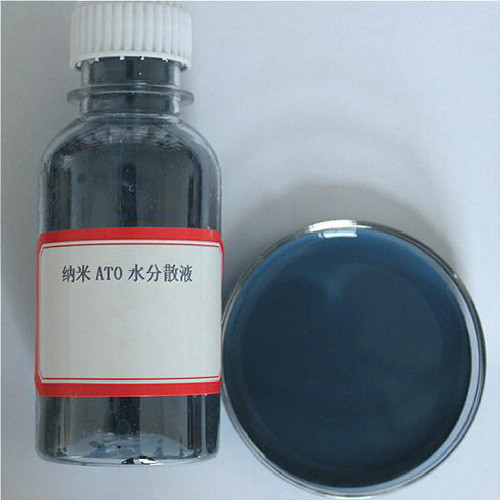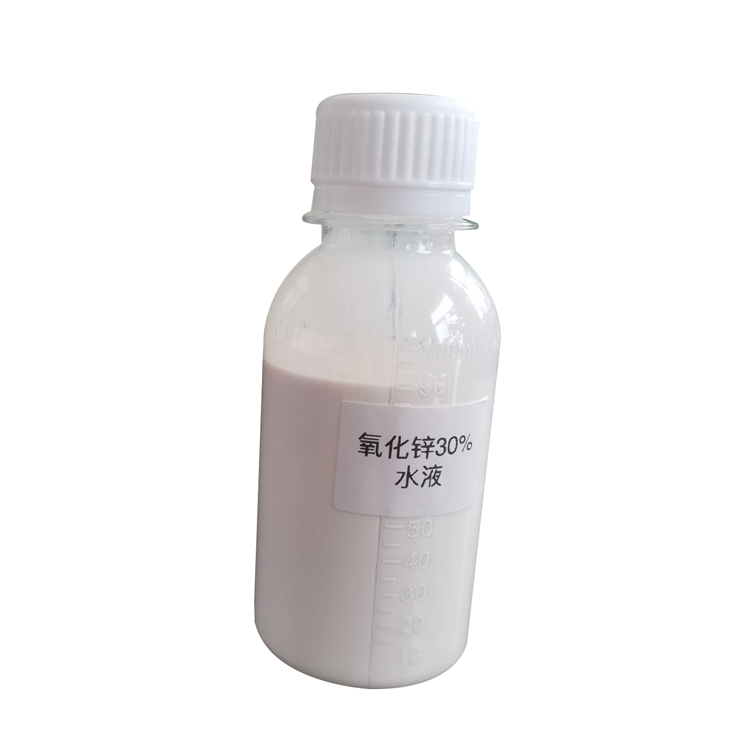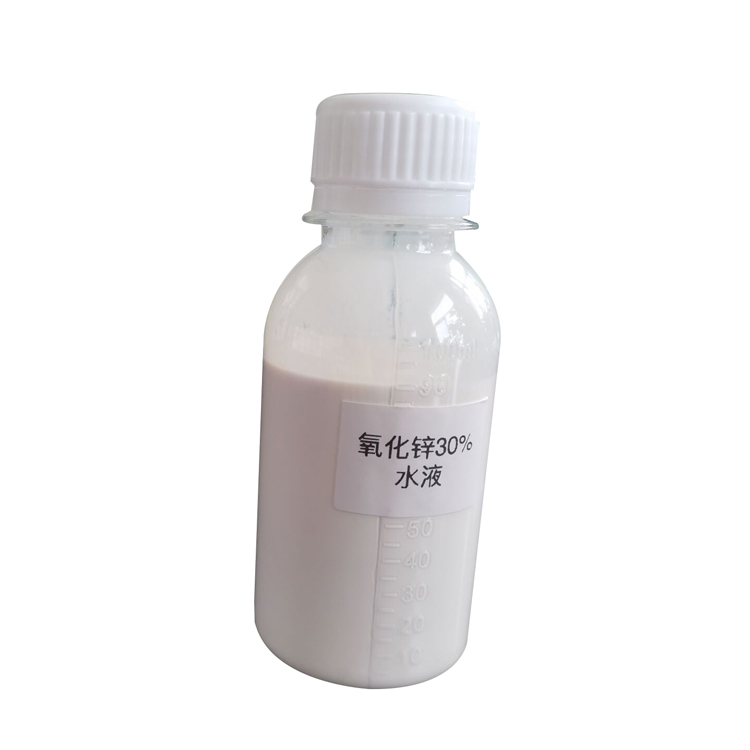Nanoparticles are widely used in various fields such as drug delivery, imaging, and materials science. Coatings on the surface of nanoparticles can affect their properties and performances. Therefore, it is essential to measure the thickness of coatings to understand their effects on nanoparticles. In this blog post, we will introduce several methods for measuring the thickness of coatings on nanoparticles.
1. Transmission Electron Microscopy (TEM)
TEM is a powerful imaging technique that can provide high-resolution images of nanoparticles. It can also be used to measure the thickness of coatings on nanoparticles. TEM works by passing a beam of electrons through the sample, and the interaction between the electrons and the sample can be used to create an image. By using TEM, the contrast between coatings and nanoparticles can be used to measure the thickness of the coatings.
2. Atomic Force Microscopy (AFM)
AFM is another imaging technique that can be used to measure the thickness of coatings on nanoparticles. It works by scanning the surface of the sample with a tiny probe. The probe can measure the height of the sample with high precision, which can be used to calculate the thickness of coatings on nanoparticles. AFM can provide high-resolution images and is suitable for measuring the thickness of coatings on a single nanoparticle.
3. Ultraviolet-Visible (UV-Vis) Spectroscopy
UV-Vis spectroscopy is a technique that can be used to measure the thickness of coatings on a large number of nanoparticles simultaneously. It works by measuring the absorption spectra of nanoparticles in solution. Coatings on the nanoparticles can affect the absorption spectra, and the thickness of coatings can be calculated based on the degree of spectral shift. UV-Vis spectroscopy is a fast and simple method for measuring the thickness of coatings on nanoparticles.
4. Quartz Crystal Microbalance (QCM)
QCM is a highly sensitive technique that can be used to measure the mass of nanoparticles. By measuring the mass change of nanoparticles with and without coatings, the thickness of coatings can be calculated. QCM can provide real-time monitoring of the thickness of coatings and is suitable for studying the stability and kinetics of coatings on nanoparticles.
In conclusion, there are several methods for measuring the thickness of coatings on nanoparticles, each with its advantages and limitations. The choice of method depends on the specific requirements of the application. By understanding the thickness of coatings on nanoparticles, we can design and optimize their properties and functions for various applications.

























